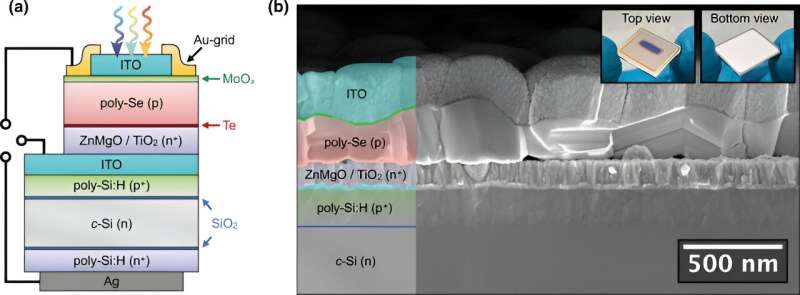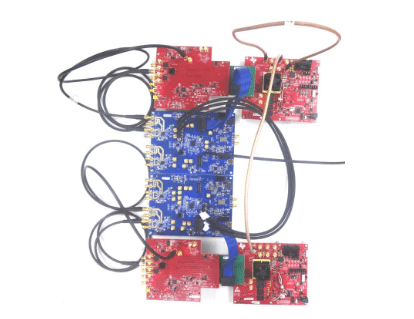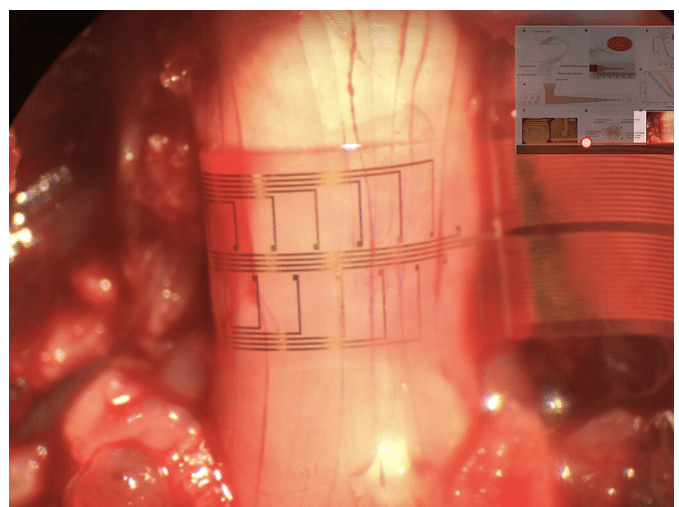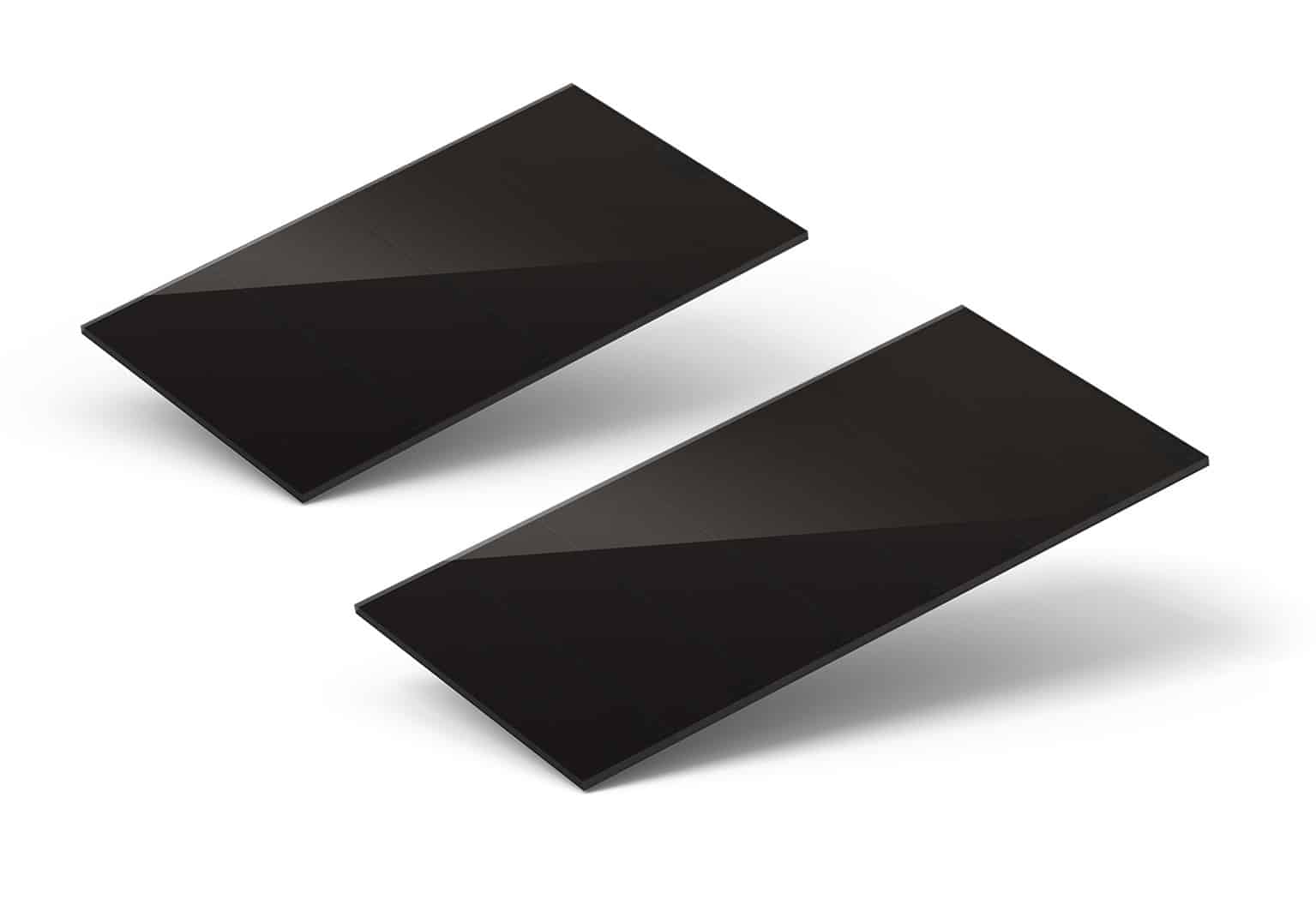Unveiling the potential of selenium-silicon tandem cells, this innovative technology promises to redefine renewable energy, potentially achieving an astonishing 40% efficiency.

Solar cells have been a transformative technology in electricity generation, crucially reducing dependence on fossil fuels and mitigating the impact of climate change by lowering greenhouse gas emissions. The efficiency of current solar cells, which capture around 27% of the energy from sunlight, is nearing its theoretical limit.
A collaborative effort by physicists and engineers at the Technical University of Denmark has demonstrated the potential to significantly enhance solar cell efficiency through the development of a selenium-silicon tandem solar cell. Their findings, published in the journal PRX Energy, suggest that this innovative combination could theoretically achieve efficiencies up to 40%.
Previous research has indicated that one strategy to overcome the limitations of silicon-based solar cells is to incorporate additional layers of materials that can absorb a broader range of the sun’s energy wavelengths. The researchers explored the use of selenium, a semiconductor that was once used in solar cell production before silicon became the preferred material. Selenium was chosen for its distinct photon-absorbing properties and wide bandgap, making it an ideal candidate for creating a dual-material solar cell.
The team constructed the tandem cell by starting with a conventional silicon base, adding layers of oxide, and then applying a thin film of selenium on top. When exposed to sunlight, this composite cell generated 1.68 volts of electricity and exhibited a conversion efficiency of 2.7%. The researchers consider their tandem cell to be a promising advancement, noting that its efficiency could potentially be increased tenfold by improving resistance to reduce voltage loss. Their projections indicate that with further refinement, the cell could achieve an efficiency rating of approximately 40%, marking a significant leap forward in solar cell technology.






